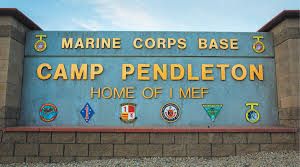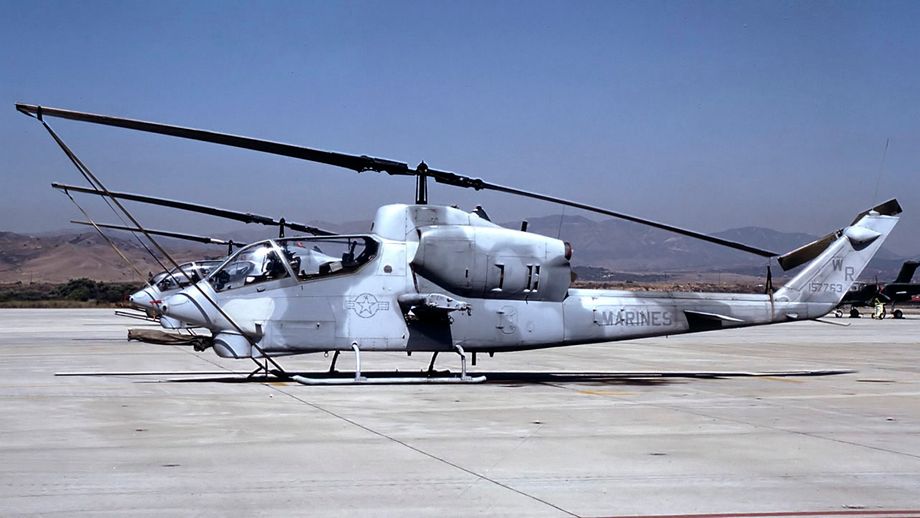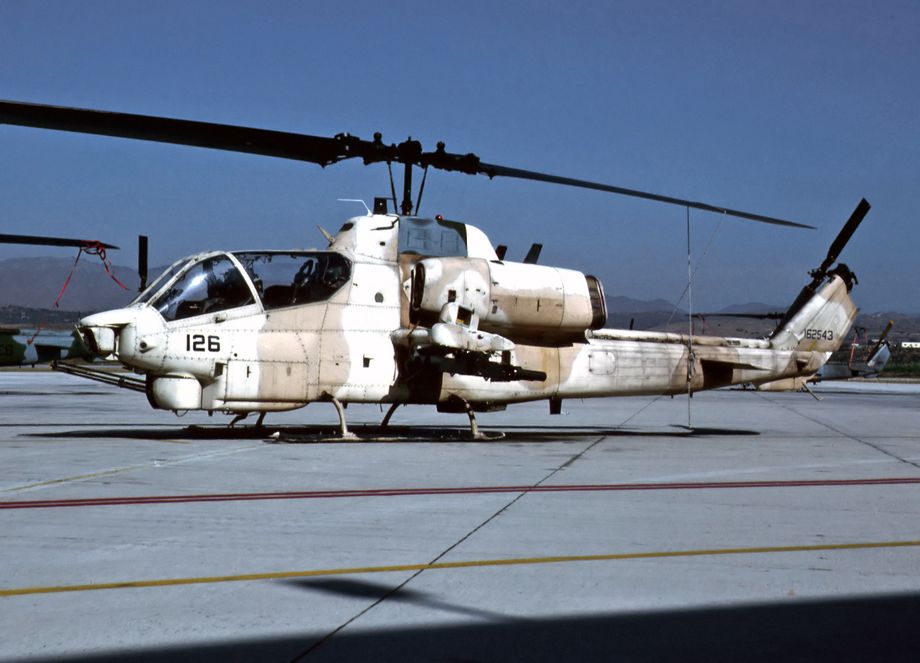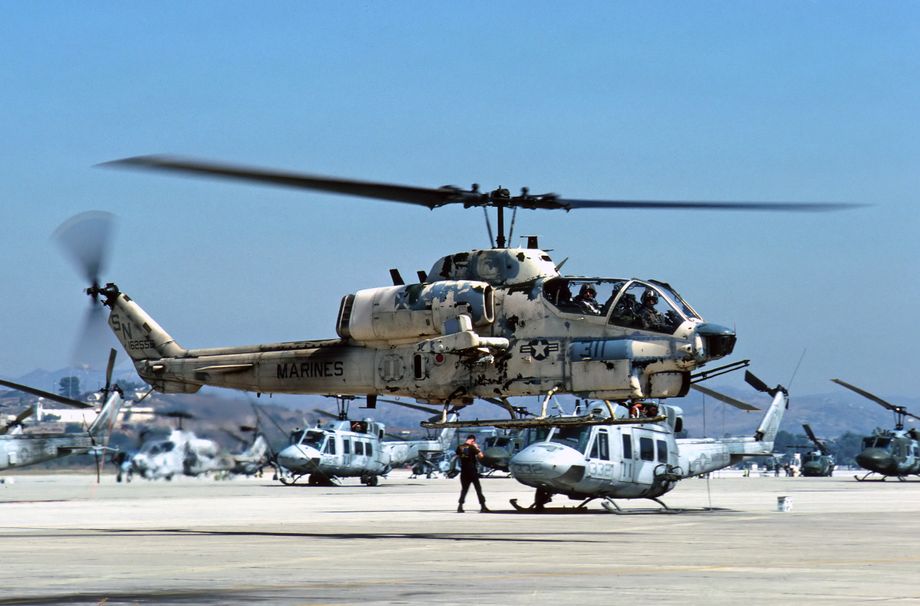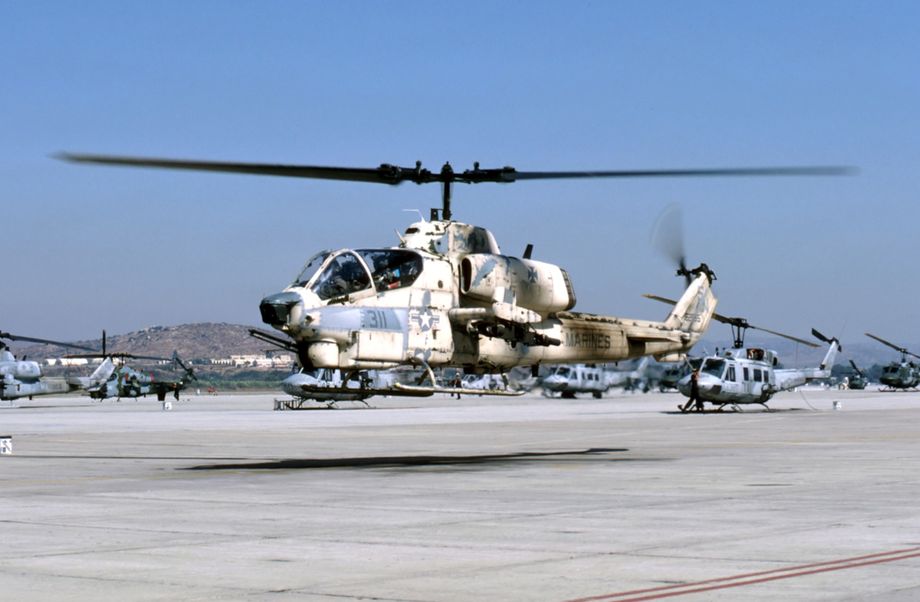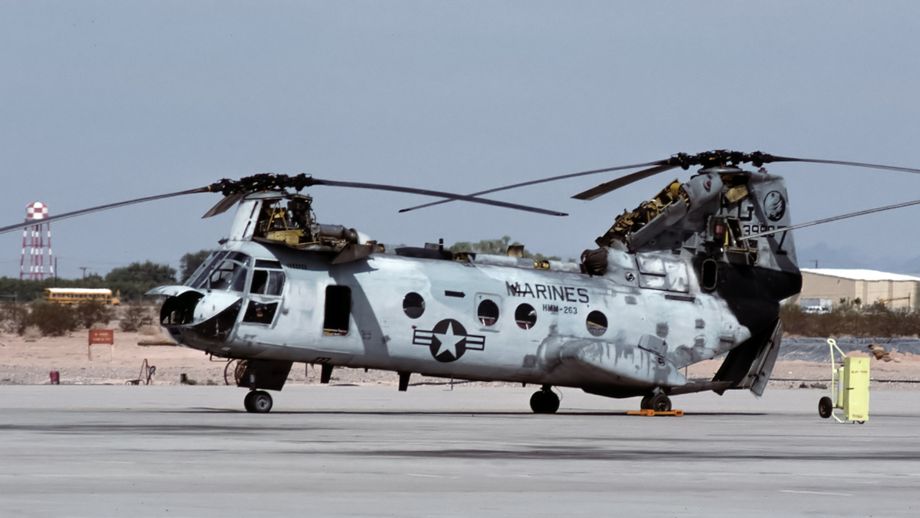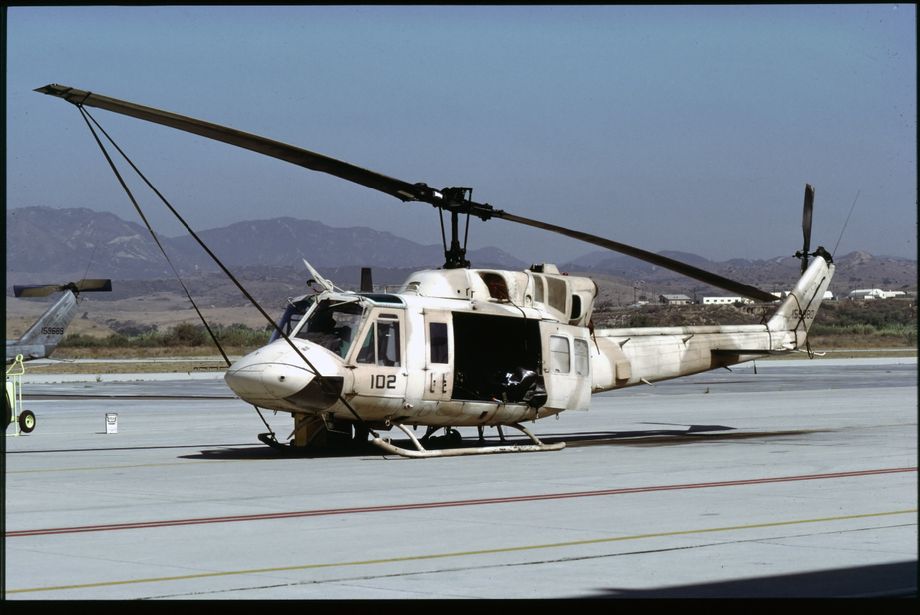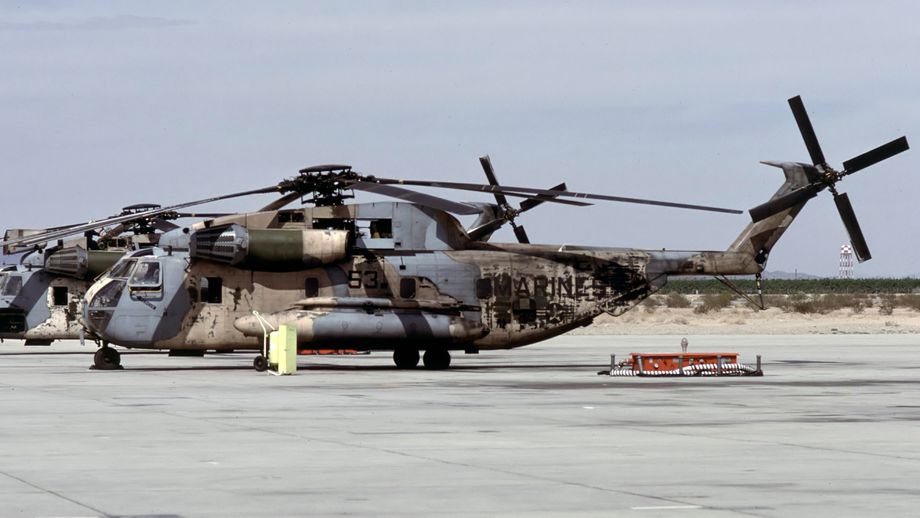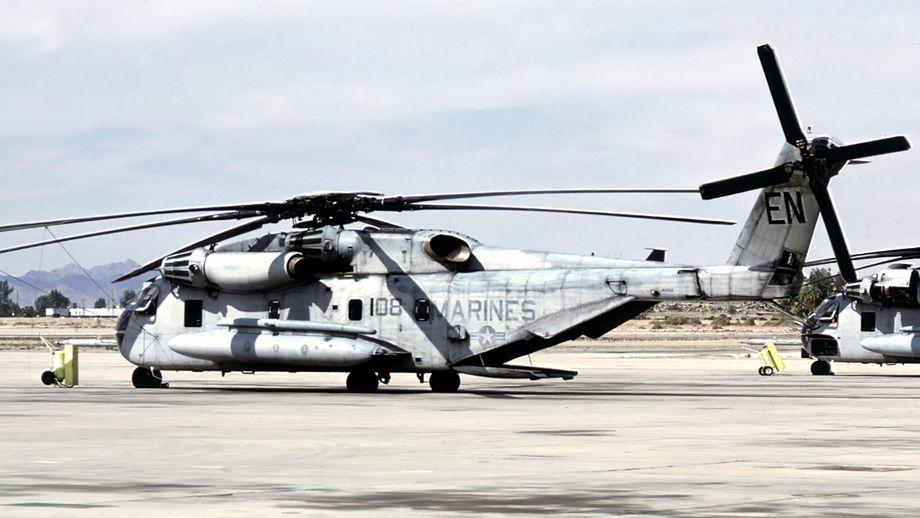US Marines in Operation Desert Storm (Part 1 - Helicopters)
The United States Marine Corps (USMC) deployment in response to the Iraqi invasion of Kuwait (Operation Desert Shield) just over 30 years ago now, has been quoted as their largest ever contingency operation; in total around 550 USMC aircraft were ultimately deployed, including 322 helicopters. During Operation Desert Storm, the USMC aircraft flew some 17,700 combat sorties of which approaching 6,000 were undertaken by helicopters.
In October 1991, around eight months after the cessation of hostilities, our Malcolm Hopper was fortunate to visit both the vast Marine Corps Base Camp Pendleton and Marine Corps Air Station Yuma. While there he managed to capture some of the aircraft which had flown during the 1st Gulf War.
Perhaps surprisingly, although the improved AH-1W “Whisky” Cobra was becoming more widely available, the older AH-1J was still the equipment for a couple of the deployed units. This AH-1J 157753/WR belonged to HMA-775 “Coyotes” which deployed as part of MAG 26, based at King Abdul Aziz Naval Base, Saudi Arabia. The Coyotes took part in every major operation from Khafji to the final assault on Kuwait City, flying some 641 combat sorties. Photo © M. Hopper.
HMLA-367 “Scarface” deployed, as part of MAG-16 to King Abdul Aziz Naval Base, Saudi Arabia. AH-1W 162543/126 belonging to HMLA-367 is seen here at Camp Pendleton wearing a camouflage quoted by some as being Brown FS30117 and Sand FS33711. “Scarface” recorded the first ever “Whisky” Cobra tank kill at the Battle of “Al Elbow” on Jan 30 1991. They went on to accrue more confirmed kills than any other operational combat squadron during Desert Shield/Storm, including 48 tanks, 24 APCs and 23 other troop transports. Photo © M. Hopper.
HMLA-169 “Vipers” deployed with MAG-50 to Tanajib, Saudi Arabia but were variously deployed on the Amphibious Assault ships USS Tarawa (LHA-1) and USS New Orleans (LPH-11) as part of Amphibious Group 3 of 5th Marine Expeditionary Brigade. Photo © M. Hopper.
Here AH-1W 162555/SN/311 returns to the ramp at Camp Pendleton with a wonderfully weathered sand camouflage scheme. It was whilst we were with this unit that our guide told us that, as they were rushing to deploy, they ran out of suitable sand coloured paints and supplies were procured from a local Walmart Store! This may have been a leg pull for Brit visitors but whatever you believe it is a wonderful opportunity for some deft weathering. (Note this is the opposite side of the same helicopter on the previous photo and thus a highly useful reference for modellers). Photo © M. Hopper.
The workhorse of the USMC logistics effort was the CH-46D/E Sea Knight, known to the Marines as the “Phrog” or “Battle Phrog”. This is CH-46E 15990/EG/Z from HMM-263. Normally based at MCAS New River, she was seen at rest at MCAS Yuma. HMM-263 was deployed on the amphibious assault ships USS Guam (LPH-9) and USS Iwo Jima (LPH-2) as part of MAG-40. Photo © M. Hopper.
Along with the attack units, all of the HMLA units deployed large numbers of UH-1N “Hueys”. Some of these sported rather nice desert camouflage schemes like this UH-1N 159680/102 of HMLA-367. Photo © M. Hopper.
MCAS Tustin based CH-53E 162482/YK/63 from HMH-466 “Wolfpack” was seen here at MCAS Yuma. Wolfpack was the first CH-53E squadron to deploy to the Gulf, to Ras Al Gar, Saudi Arabia as part of MAG-16. HMH-466 was active from the start of Desert Shield/Storm where they recovered downed aircraft, conducted the first Night Vision Goggle (NVG) troop insertion, and provided heavy lift support from port facilities to staging areas in preparation for the ground phase of the operation. Interesting camo pattern too! Photo © M. Hopper.
CH-53E 162522/EN/108 of HMH-464 “Condors” from MCAS New River was seen here at MCAS Yuma. HMH-464 provided eight CH-53Es to MAG-26. The Condors played a key role in providing support to the list Marine Division as it prepared to liberate Kuwait. The Condors flew 304 combat sorties during Operation Desert Storm, delivering 2,167,150 pounds of cargo and transporting 1,686 passengers. Photo © M. Hopper.
